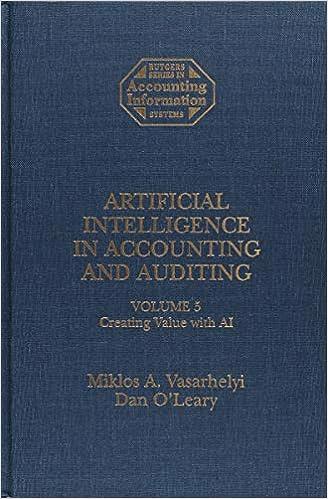
This problem requires the use of ACL software, which is included in the CD attached to the text. Information about installing and using ACL and solving this problem can be found in Appendix, pages 830-834. You should read all of the reference material preceding the instructions about "Quick Sort" before locating the appropriate command to answer questions a. through f. For this problem use the Metaphor_Trans_2002 file in ACL_Demo, which is a file of purchase transactions. The suggested command or other source of information needed to solve the problem requirement is included at the end of each question. Use Quick Sort for each column in the table and identify any concerns you have about the data. (Quick Sort) Determine the total cost of all purchases, ignoring any concerns in . (Total) Determine if there are any duplicates or missing numbers in the voucher file (Invoice column). State your audit concerns with any gaps or duplicates. Provide a possible explanation for any gaps or duplicates that you find. (Gaps and Duplicates) Determine and print the total purchases for the period by product (Summarize). Determine if the total cost is the same as in part b. (Total). What product number has the greatest amount of purchases (Quick Sort)? Determine and print the percent of total purchases by product. Save the classified file for use in requirement f. (Classify). Based on that output, what percentage is product number 024133112 of the total amount? Using the classified file from requirement e.. stratify and print the purchases by product. Exclude all items smaller than $1,000. Sort the items to determine the smallest and largest amounts. Use the smallest amount as the minimum in the Stratify window. Because the largest amount is significantly larger than all other items, use the second highest amount as the maximum in the Stratify window. (Filter, Quick Sort, and Stratify) Use test data, parallel simulation, and embedded audit module approaches to test automated controls. This problem requires the use of ACL software, which is included in the CD attached to the text. Information about installing and using ACL and solving this problem can be found in Appendix, pages 830-834. You should read all of the reference material preceding the instructions about "Quick Sort" before locating the appropriate command to answer questions a. through f. For this problem use the Metaphor_Trans_2002 file in ACL_Demo, which is a file of purchase transactions. The suggested command or other source of information needed to solve the problem requirement is included at the end of each question. Use Quick Sort for each column in the table and identify any concerns you have about the data. (Quick Sort) Determine the total cost of all purchases, ignoring any concerns in . (Total) Determine if there are any duplicates or missing numbers in the voucher file (Invoice column). State your audit concerns with any gaps or duplicates. Provide a possible explanation for any gaps or duplicates that you find. (Gaps and Duplicates) Determine and print the total purchases for the period by product (Summarize). Determine if the total cost is the same as in part b. (Total). What product number has the greatest amount of purchases (Quick Sort)? Determine and print the percent of total purchases by product. Save the classified file for use in requirement f. (Classify). Based on that output, what percentage is product number 024133112 of the total amount? Using the classified file from requirement e.. stratify and print the purchases by product. Exclude all items smaller than $1,000. Sort the items to determine the smallest and largest amounts. Use the smallest amount as the minimum in the Stratify window. Because the largest amount is significantly larger than all other items, use the second highest amount as the maximum in the Stratify window. (Filter, Quick Sort, and Stratify) Use test data, parallel simulation, and embedded audit module approaches to test automated controls







